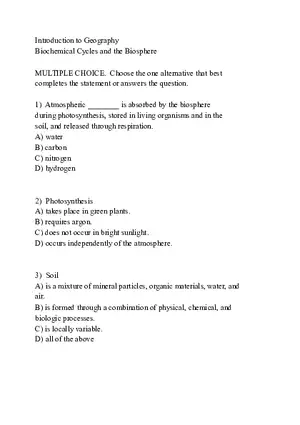Lecture Note
World Geography (Economic Development + Service Sector)
-
University:
Western Carolina University -
Course:
GEOG 140 01 | World Geography Academic year:
2023
-
Views:
210
Pages:
3
Author:
Cruz Ford
Report
Tell us what’s wrong with it:
Thanks, got it!
We will moderate it soon!
Report
Tell us what’s wrong with it:
Free up your schedule!
Our EduBirdie Experts Are Here for You 24/7! Just fill out a form and let us know how we can assist you.
Take 5 seconds to unlock
Enter your email below and get instant access to your document





